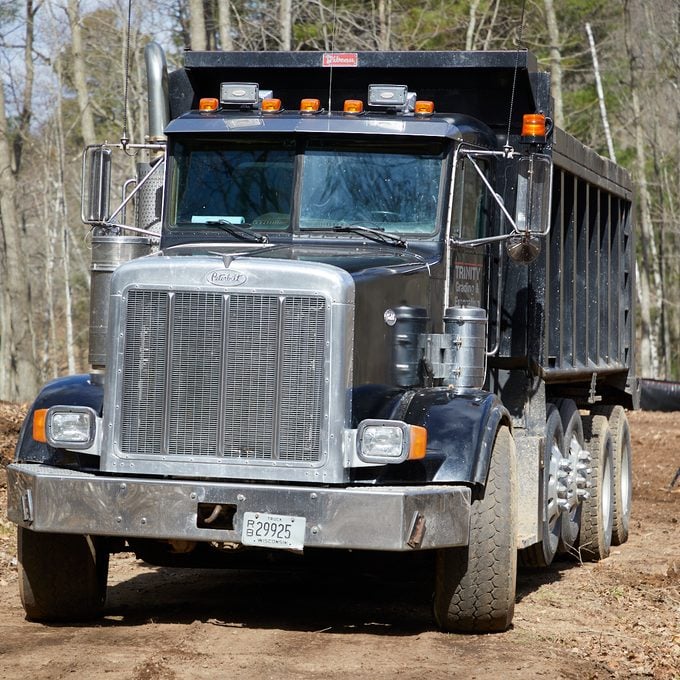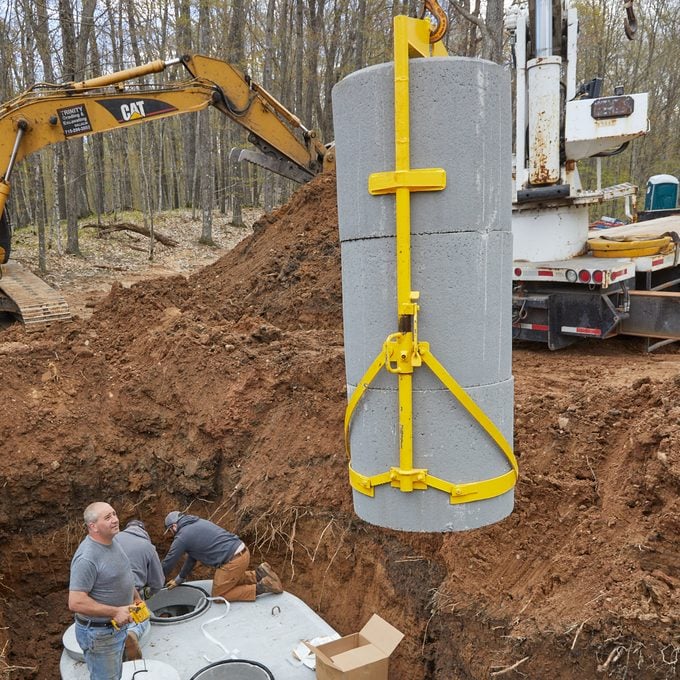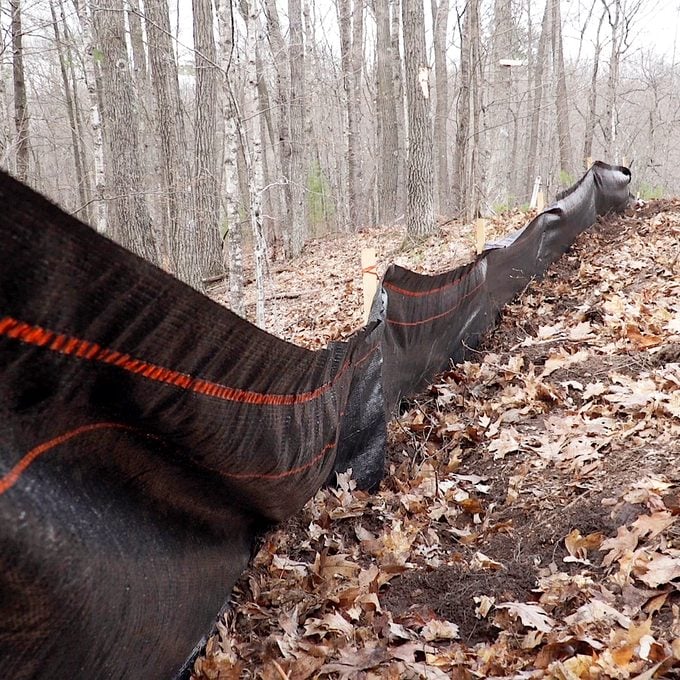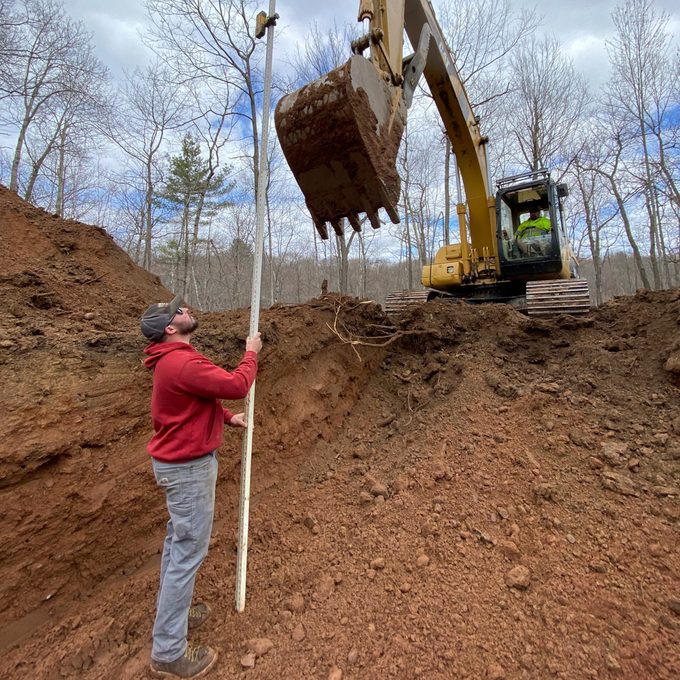It’s easy to think about site prep as simply the orientation of your home or cabin on your picturesque plot of land. Sunrise through the kitchen windows. A view of the lake or river from the main living space. And the main bedroom on the quietest side near the woods. But preparing your site involves much more than that.
Clearing The Site
You begin your site preparation by clearing the property of trees, roots and rocks. Felling trees is mostly easy work with a chain saw, plus careful planning to safely drop them in the right direction. You can DIY this project and save money, or plan on spending at least $250 to have a pro cut each tree. Pulling tree stumps, roots and rocks is back-breaking work; hire an excavator team with heavy machinery to do that.
Underground
You may think you know what’s under your property. But you need to make sure it contains no underground utility lines, like gas or electrical. You can’t dig until you know it’s safe to do so on your site. Before you touch a shovel, call 811 — the national “call before you dig” hotline — or check call811.com. Someone will come out to check and mark everything, and the service is usually free.
Logistics
Early in this process, make a plan for driving heavy equipment, for worker parking, for storing earth that’s moved during excavation, and for keeping building materials staged. You may need to create a temporary driveway and a place to store equipment. You don’t want to move heavy things twice or create unsafe workspaces.
Utilities
You’ll want temporary power during construction, and maybe temporary water too. Make a plan with your utility provider for the temporary power with 110 volt, and 220 volt if necessary.
Temporary water may not be necessary, but it’s a nice feature if your build will take longer. It’s easy if you’re hooking up to municipal utilities or a well. Just put it in your planning either way. And now’s the time to plan your sewer connections or a septic tank install.
Erosion Control
After you clear the site and before you begin excavation, you need to install a silt fence for erosion control. This tightly woven mesh-fabric fence is supported by wooden or metal stakes. You install it along a contour line on your property to help prevent erosion.
If you have a large site that requires 100 feet or more of silt fence, get your excavator to dig the trench for you after they help clear tree stumps. If you have a smaller site, you can do this work yourself. When the ground has stabilized after excavation, remove the silt fence and dispose of the fabric.
Excavation
An experienced and local excavating crew is essential for site prep. Local crews don’t need to transport heavy equipment far, and they know the local terrain and disposal yards.
Starting with a roughly staked-out site, an excavator begins by moving large loads to strategic locations. They will use much of that dirt later as backfill around the foundation or for landscape features. Then they will lay out the four corners of the build with precision for location and elevation. Using machine-mounted laser levels, they’ll dig exactly to the correct depth and location so you can begin building.
Article source here: What to Consider When Preparing Your Site for a Build







No comments:
Post a Comment